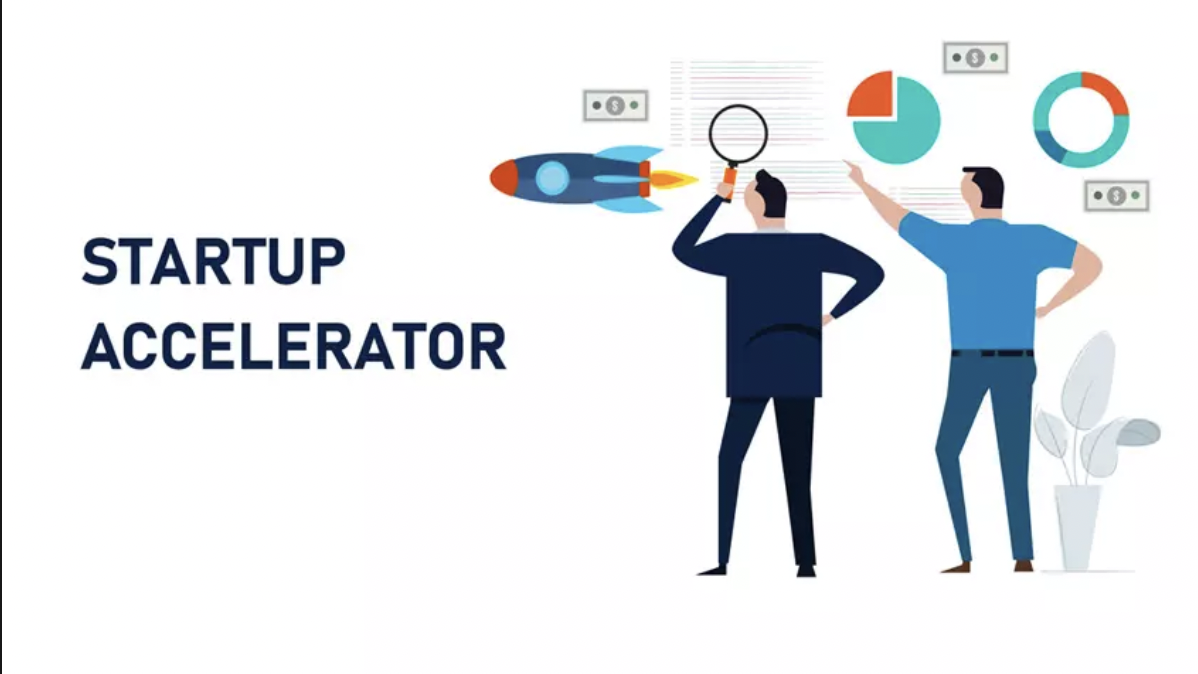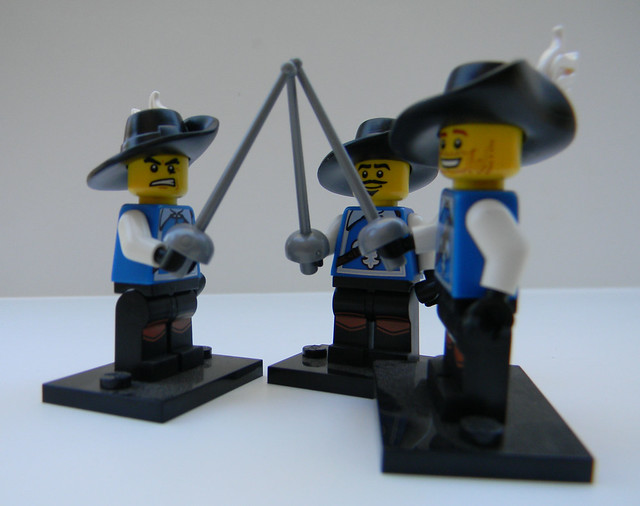Flipping the Script on Investor Pitches
18.06.2023

Manuela Zoninsein, CEO and founder of sustainable solutions startup Kadeya is flipping the script on investor pitches and paving the way for female entrepreneurs.
As an entrepreneur, and especially a woman, navigating investor pitches can be a huge undertaking. When it comes to fundraising, Manuela tries to schedule up to 10 pitches per day—each of which is a 30-minute session.
For Zoninsein, these meetings are about learning whether or not the investor is a fit, as well as gathering data on current industry trends. Asking leading questions such as, “Have you invested in any companies like mine and what do you look for in criteria for startups?” allows Manuela to gauge how the investors are interpreting her business. That gives her the feedback needed to ensure she’s telling her story effectively; that way if their investment patterns don’t match up with her business, she can push them on that. This is what she refers to as “flipping the script.” For Manuela, it’s all about starting with “small talk” and learning about the investor first.
When she knows what the investor is looking for and they say “no” to her pitch, it’s important for her to understand the reasons why they chose not to invest. That’s why knowing what’s on their “checklist” in advance is so important.
“I always assume that the investor has good intentions and I give them the chance to discuss their decision and the reasons behind it, be it metrics, strengths, or weaknesses.”
The pros and cons of being a female in VC
For Manuela, being both a woman and an immigrant has made entrepreneurship somewhat of a challenge. In her experience, she’s found that “bias is really toxic” and oftentimes it requires “sifting through potential excuses and knowing when to extract value.” For example, she often hears “there’s not enough traction,” which is not helpful feedback.
“Women are not getting more access to capital, and you have to have 50 times more conversations with investors as a woman in order to get funded.”
The statistics speak for themselves: In 2021 only 2.4% of VC funds went to women-owned companies and in 2022, that percentage dropped to 1.9%.
For Zoninsein, the key is “getting data early and being laser-focused on who the investors are and what they're looking for.” She wants to find out if they fund women, women in hardware, or women in climate, for example. Often there’s not time to educate the investor and if they don’t have a pattern or history of funding female businesses, then the chances are they are going to be biased.
On the flip side, Manuela said that the advantage of being a female entrepreneur and founder is that “people love to feature her in the press, especially during International Women’s Month, for example.” She admitted that females in VC do tend to get a great deal of PR, and there are many awards, competitions, and opportunities for women to share their stories in the media.
Kadeya’s biggest win
Kadeya applied for a Small Business Innovation Research (SBIR) grant, and although they were turned down in phase one, they were offered a grant in phase two.
That’s when Manuela learned about Dual Use Ventures (DUV), a startup that has both government and commercial customers. They found there was a use case for the military to keep soldiers hydrated—the federal funding was used for customer discovery and they ultimately signed the US Air Force as a customer.
They have now received requests from seven Air Force bases in the US that all want Kadeya to be their sole hydration solution. The next step will be to go in for SBIR phase two to access an additional $1.25 million.
“If we continue to scale, this will be massive. Being able to tell people that the US Air Force is a customer, provides huge validation to what we’re doing.”
Advice for making pitches
Manuela’s advice to other aspiring founders is: “When making pitches, get very specific and be sure to ask the right questions. I like to ask them to first talk about themselves, the size of their fund, how much of their fund they put aside for reserves, what size checks they write, how many investments they’ve made to date, and how much of their fund is deployed,” she said.
This way, she knows how many funding spots remain; thus, she can determine whether or not the pitch is time well-spent. She also asks about the number of investments they are making in that given year so that she can find out the rate of investment.
It’s all about asking the right set of questions and being straightforward. Time is money, and Zoninsein plans to initiate an onboarding form before meeting an investor. That way, she can determine if it makes sense to keep the appointment.
Manuela’s analogy of the pitch process is very fitting…
“The founders making the pitch are often considered the minnows when in actuality, they are the sharks—going after their prey”.
As an entrepreneur, and especially a woman, navigating investor pitches can be a huge undertaking. When it comes to fundraising, Manuela tries to schedule up to 10 pitches per day—each of which is a 30-minute session.
For Zoninsein, these meetings are about learning whether or not the investor is a fit, as well as gathering data on current industry trends. Asking leading questions such as, “Have you invested in any companies like mine and what do you look for in criteria for startups?” allows Manuela to gauge how the investors are interpreting her business. That gives her the feedback needed to ensure she’s telling her story effectively; that way if their investment patterns don’t match up with her business, she can push them on that. This is what she refers to as “flipping the script.” For Manuela, it’s all about starting with “small talk” and learning about the investor first.
When she knows what the investor is looking for and they say “no” to her pitch, it’s important for her to understand the reasons why they chose not to invest. That’s why knowing what’s on their “checklist” in advance is so important.
“I always assume that the investor has good intentions and I give them the chance to discuss their decision and the reasons behind it, be it metrics, strengths, or weaknesses.”
The pros and cons of being a female in VC
For Manuela, being both a woman and an immigrant has made entrepreneurship somewhat of a challenge. In her experience, she’s found that “bias is really toxic” and oftentimes it requires “sifting through potential excuses and knowing when to extract value.” For example, she often hears “there’s not enough traction,” which is not helpful feedback.
“Women are not getting more access to capital, and you have to have 50 times more conversations with investors as a woman in order to get funded.”
The statistics speak for themselves: In 2021 only 2.4% of VC funds went to women-owned companies and in 2022, that percentage dropped to 1.9%.
For Zoninsein, the key is “getting data early and being laser-focused on who the investors are and what they're looking for.” She wants to find out if they fund women, women in hardware, or women in climate, for example. Often there’s not time to educate the investor and if they don’t have a pattern or history of funding female businesses, then the chances are they are going to be biased.
On the flip side, Manuela said that the advantage of being a female entrepreneur and founder is that “people love to feature her in the press, especially during International Women’s Month, for example.” She admitted that females in VC do tend to get a great deal of PR, and there are many awards, competitions, and opportunities for women to share their stories in the media.
Kadeya’s biggest win
Kadeya applied for a Small Business Innovation Research (SBIR) grant, and although they were turned down in phase one, they were offered a grant in phase two.
That’s when Manuela learned about Dual Use Ventures (DUV), a startup that has both government and commercial customers. They found there was a use case for the military to keep soldiers hydrated—the federal funding was used for customer discovery and they ultimately signed the US Air Force as a customer.
They have now received requests from seven Air Force bases in the US that all want Kadeya to be their sole hydration solution. The next step will be to go in for SBIR phase two to access an additional $1.25 million.
“If we continue to scale, this will be massive. Being able to tell people that the US Air Force is a customer, provides huge validation to what we’re doing.”
Advice for making pitches
Manuela’s advice to other aspiring founders is: “When making pitches, get very specific and be sure to ask the right questions. I like to ask them to first talk about themselves, the size of their fund, how much of their fund they put aside for reserves, what size checks they write, how many investments they’ve made to date, and how much of their fund is deployed,” she said.
This way, she knows how many funding spots remain; thus, she can determine whether or not the pitch is time well-spent. She also asks about the number of investments they are making in that given year so that she can find out the rate of investment.
It’s all about asking the right set of questions and being straightforward. Time is money, and Zoninsein plans to initiate an onboarding form before meeting an investor. That way, she can determine if it makes sense to keep the appointment.
Manuela’s analogy of the pitch process is very fitting…
“The founders making the pitch are often considered the minnows when in actuality, they are the sharks—going after their prey”.











